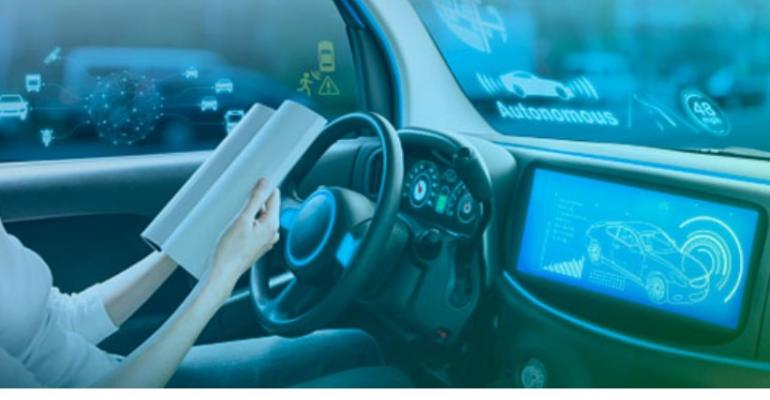Though it seems the race to build the first fully autonomous vehicle has only just begun, the idea of a driverless car was conceived of at least as far back as 1939, when General Motors introduced the concept at the World’s Fair in New York.
With the theme “The World of Tomorrow,” GM presented an audacious vision of America two decades down the road with its ultra-modern exhibit, Futurama, revealing an automated highway system complete with self-driving cars.
Since then, GM has introduced remarkable advanced technologies positioning the American manufacturer as an AV leader, but its bold prophecy is still unfolding 80 years later, with experts predicting many miles ahead before a Futurama-like reality materializes.
To be fair, most vehicles on the road today are equipped with some degree of automation, including voice-enabled technologies that assist with functions such as playing music, initiating phone calls, reading texts and locating points of interest – all of which previously required drivers to take their eyes off the road.
But getting drivers to take a back seat and let artificial intelligence assume full control will undoubtedly require proof of concept that leaves no shadow of a doubt.
With numerous reports suggesting mounting skepticism toward the safety of self-driving vehicles, eroding trust comes at a time when consumers are questioning which industry is most suited for the task: traditional carmakers or big tech companies?
A 2019 Deloitte study shows that only 39% of U.S. consumers trust traditional OEMs to bring AVs to market. On the other hand, two fatalities involving self-driving cars from Tesla and Uber in 2018 didn’t bode well for tech. Hence the dilemma: How can the AV revolution move forward without first putting the most promising inventions to the ultimate test with large-scale deployment in a variety of urban environments?
Helping a driver understand who or what is in control of the vehicle is a good place to start.
Industry research provides strong anecdotal and scientific evidence that speech-induced anthropomorphism is essential in establishing trust. In other words, when a car talks it becomes more human-like to drivers and passengers.
Over the past two years, voice-recognition systems have evolved, with deep neural networks and machine learning enabling an intelligent layer that uses what people say (like “take me to the nearest gas station”) as well as the context available in previous actions, speech and car metrics to increase meaningful engagement.
But voice isn’t the only modality needed in fully and semi-autonomous cars. Research also shows that trust increases when transfer of control between car and driver includes visual, auditory and haptic cues, like vibration alerts that simulate the sense of touch.
Preliminary testing is well under way, with systems designed to recognize a driver’s posture, facial expressions and even eye-blink rate, all of which can detect if a driver is drowsy or impaired in any other way – and take the wheel if necessary.
User design and interface that combines emerging interaction technologies such as eye tracking, augmented reality, emotion detection, gesture and biometrics will inevitably define the cockpit of the future, with voice becoming the default interface. But more important, they may help solve some of society’s greatest challenges.
Consider when cruise control became a standard feature offered by car manufacturers in the 1960s. At the time, it was a novel convenience. In the ’70s, however, when an oil embargo was imposed upon the U.S. by OPEC, it suddenly became a useful tool for motorists to comply with the U.S. Emergency Highway Energy Conservation Act, which set the national highway speed limit at 55 mph to optimize fuel efficiency.
 Studies later revealed that adhering to this magic number reduced fuel consumption, saving the U.S. 167,000 barrels of oil a day, and helped reduce traffic deaths by up to 4,000 per year. It is this kind of tangible, concrete evidence that will shift AV approval into high gear.
Studies later revealed that adhering to this magic number reduced fuel consumption, saving the U.S. 167,000 barrels of oil a day, and helped reduce traffic deaths by up to 4,000 per year. It is this kind of tangible, concrete evidence that will shift AV approval into high gear.
Though unclear today, there is no denying the potential of fully autonomous vehicles envisioned decades ago by GM. And experts agree that when self-driving vehicles become prevalent, they’ll provide more safety than a human driver – and spare thousands from accidental death.
Until then, the obstacle of consumer trust may still stand in the way of “The World of Tomorrow,” but with just a bump rather than a roadblock.
Eric Montague (pictured above, left) is senior director of strategy and product marketing for Nuance Automotive.





